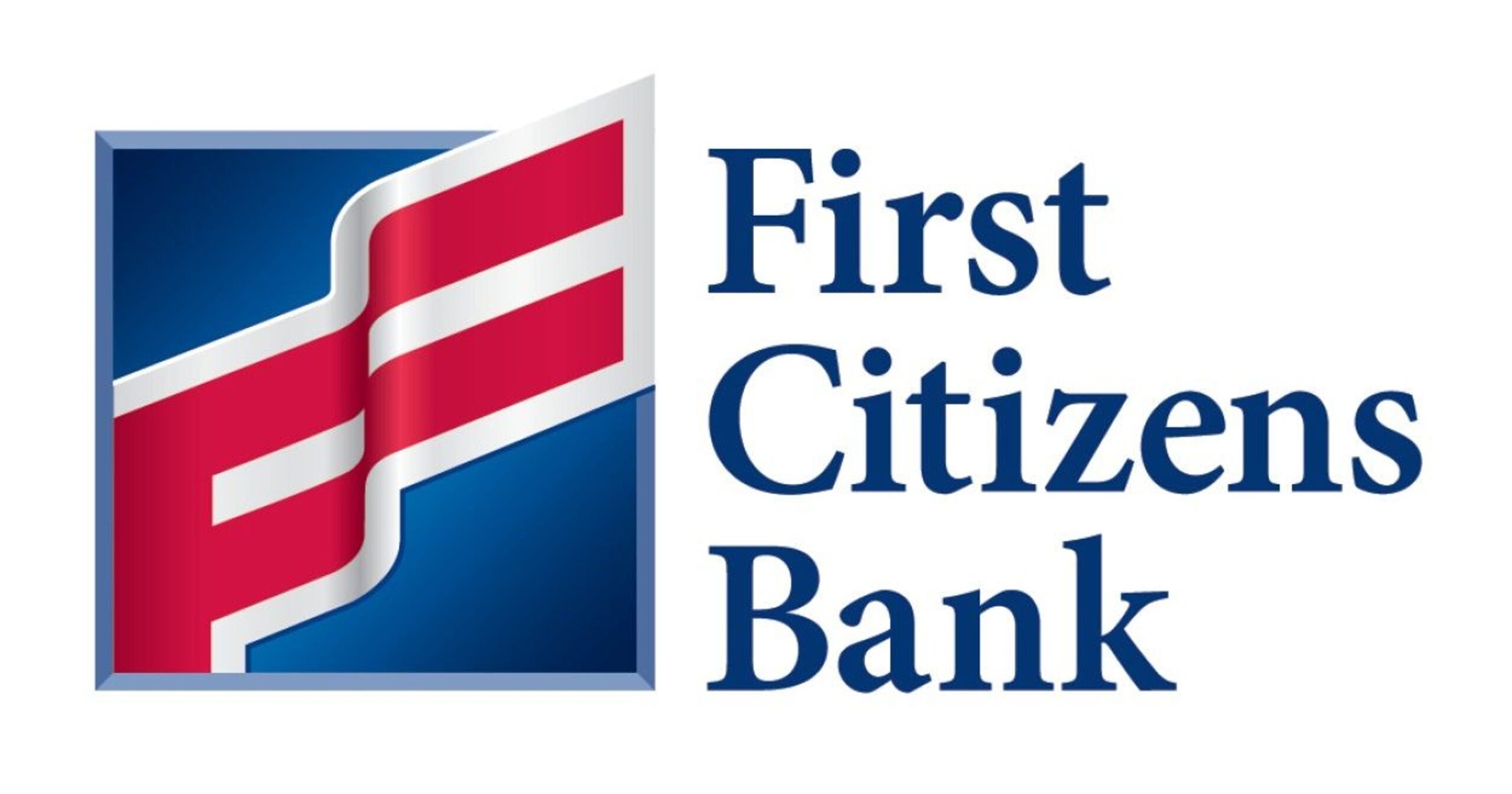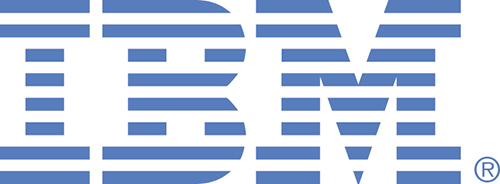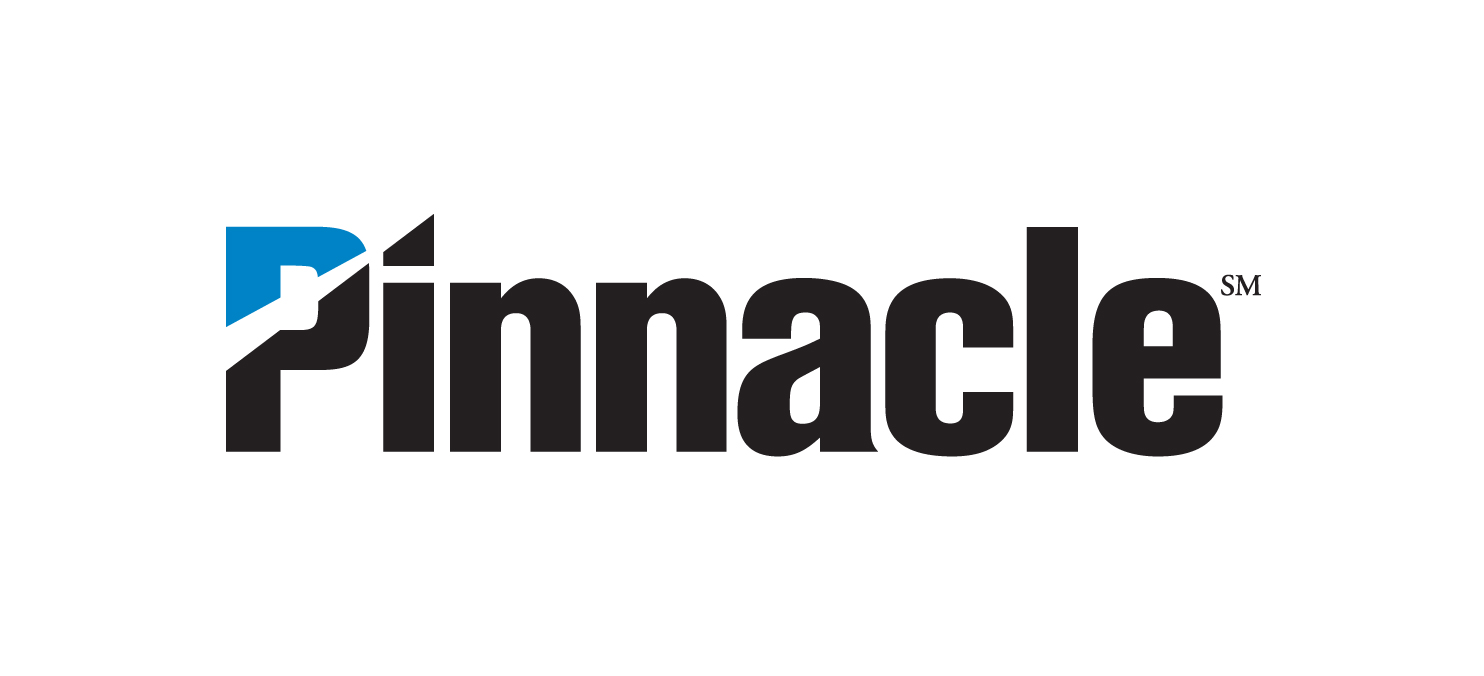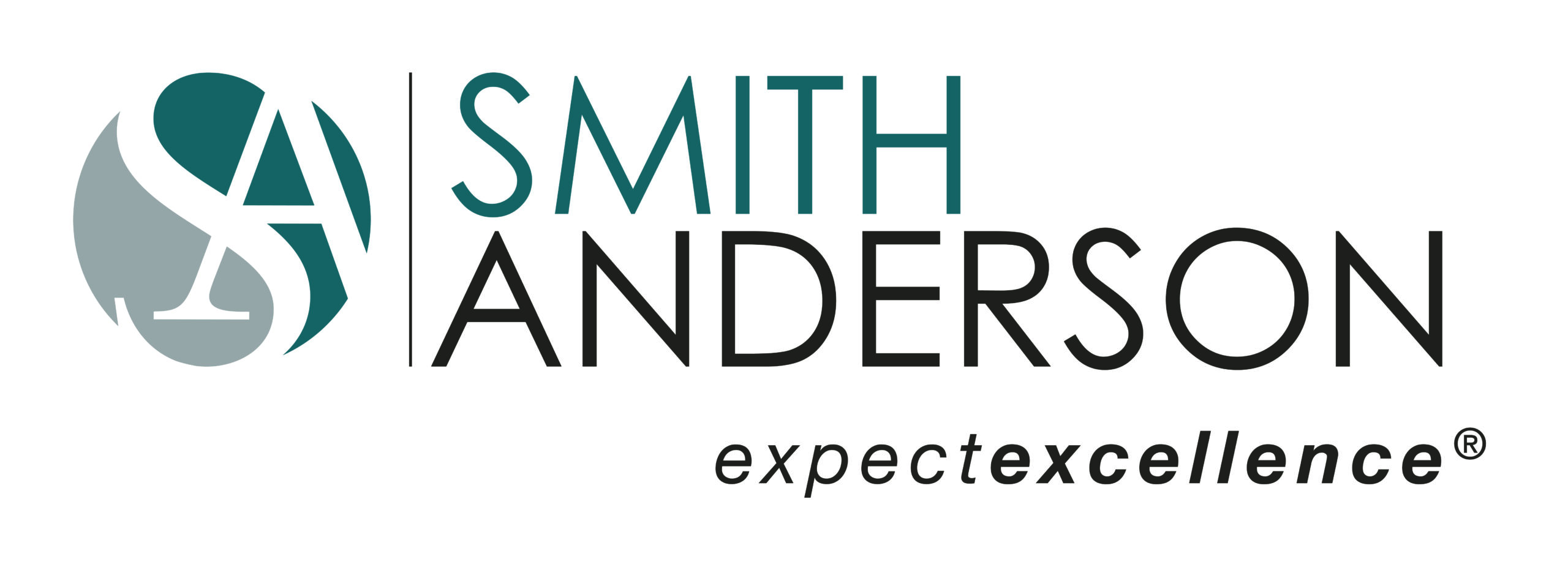Regional commuter rail: mobility, connectivity, and housing affordability
- July 1, 2021
- Posted by: Joe Milazzo II
- Category: Blog
This region is actively studying the potential for regional commuter rail in the existing North Carolina Railroad Company corridor through Durham, Raleigh, Clayton, and points in between.
Our partners at GoTriangle and the NC Railroad company — both longtime members of the RTA Regional Leadership Team — are focused on the opportunity for activating commuter rail this decade; an opportunity made possible by the successful local transit referenda in our core counties.
RTA supports commuter rail, we support the ongoing study of the corridor, and we look forward to supporting the recommendations when they are released later this year or in early 2022.
There are a number of reasons to support the expansion of passenger rail service — including the activation of regional commuter rail.
The corridor directly connects the downtowns of our region’s namesake R&D cities — Raleigh and Durham. It also directly serves downtown Cary — the largest town in the state — and it will also directly serve Research Triangle Park at the future site of GoTriangle’s regional transit center, just south of I-40 in RTP.
In addition, commuter rail will utilize an existing railroad corridor with 200′ of defined right-of-way — and that corridor is owned by all of us, since the state is the only shareholder in the NC Railroad Company.
To be clear, commuter rail will not be a magical transportation panacea for our growing region. Neither is the completion of the entire 540 loop, for that matter. But what commuter rail can do is provide regional connectivity along a very important transit spine, and it will link to an expanded bus rapid transit (BRT) network that RTA also supports.
Commuter rail is first and foremost a transportation solution, and it will provide new mobility and connectivity.
One might ask how plausible it is to envision multiple daily trains serving communities like Raleigh, Durham, and Cary. The answer is that it’s not hard to imagine at all – in fact, a basic level of train service already exists today, thanks to NCDOT and Amtrak.
To that point: you can buy a train ticket for around $8 today in Downtown Raleigh, and be in Cary in 12 minutes or Durham in 30. Four trains leave Raleigh every day at 6:30 am, 10 am, 3 pm, and also 5:30 pm and provide excellent travel service — albeit with limited travel options throughout the day.
What we are seeking with regional commuter rail is more stations — that is more connectivity, including places such as Garner, Clayton, and Morrisville — along with more frequent service.
Regional commuter rail will work in concert with an interconnected bus rapid transit system. We are pleased that our region will be opening 55 miles of BRT this decade; the system will need more linkages to serve all of our communities, in particular Chapel Hill and southeastern Orange County which cannot be served by commuter rail. To that point, we are continuing to pursue a transit priority shoulder for I-40 that would enhance and accelerate that linkage and complement the commuter rail spine.
Last but certainly not least: regional commuter rail — in concert with an enhanced bus rapid transit network and a growing regional Freeway And Street-based Transit (FAST) network of multimodal freeways and streets that prioritize transit service and users — has the real potential to enhance housing accessibility — both within the corridor and via connectivity to it from supporting bus service, bus rapid transit, walk-up travelers, and park-and-ride facilities.
We are excited about the possibilities that the regional commuter rail study is exploring, and we look forward to advancing a metropolitan rapid transit system with bus and rail elements over the next decade.
Let’s get moving,
Joe Milazzo II, PE
Executive Director, Regional Transportation Alliance
RTA is the voice of the regional business community on transportation in the Research Triangle area.
RTA represents more than 100 leading businesses and 25 member chambers of commerce in central and eastern North Carolina.

























